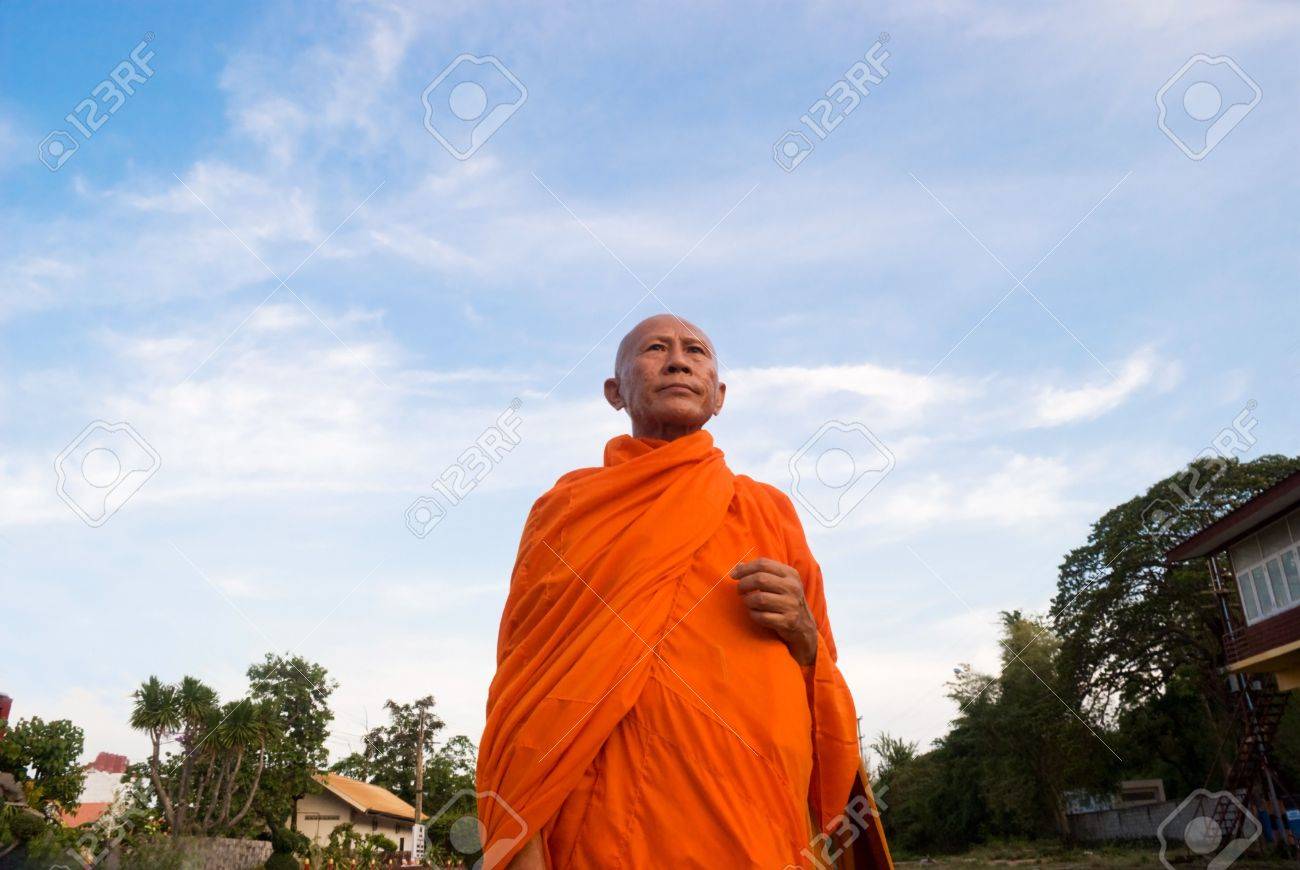Buddhism: what you need to know about Buddhist monks
The serene Buddhist monk dressed in orange has become an iconic figure in the West. Recent reports of violent Buddhist monks in Burma reveal that they are not always serene. And not everyone wears orange clothes. Some of them are not even celibate vegetarians who live in monasteries.
A Buddhist monk is a bhiksu (Sanskrit) or bhikkhu (pali), I believe the word pali is used more frequently. It is pronounced (approximately) bi-KOO. Bhikkhu means something like "beggar".
Although the historical Buddha had secular disciples, early Buddhism was primarily monastic. From the foundations of Buddhism, the monastic sangha was the main container that maintained the integrity of the dharma and passed it on to the new generations. For centuries the monks were teachers, scholars and clergy.
Unlike most Christian monks, fully ordained bhikkhu or bhikkhuni (nun) in Buddhism is also the equivalent of a priest. See "Buddhist versus Christian monasticism" for further comparisons between Christian and Buddhist monks.
The institution of the lineage tradition
The original order of bhikkhus and bhikkhunis was established by the historical Buddha. According to Buddhist tradition, there was initially no formal ordination ceremony. But as the number of disciples increased, the Buddha adopted stricter procedures, particularly when people were ordained by older disciples in the absence of the Buddha.
One of the most important clauses attributed to the Buddha was that fully ordained bhikkhus had to be present at the ordination of bhikkhus and bhikkhus and bhikkhunis fully ordained at the ordination of bhikkhunis. If done, this would create an uninterrupted lineage of orders that go back to the Buddha.
This stipulation created a tradition of a lineage that is respected - or not - to this day. Not all clergy orders in Buddhism claim to have remained in the lineage tradition, but others do.
Much of Theravada Buddhism is believed to have maintained uninterrupted descent for bhikkhus but not for bhikkhunis, so in much of Southeast Asia women are denied full ordination because there are no longer fully ordained bhikkhunis to participate in ordinations. . There is a similar problem in Tibetan Buddhism because it seems that Bhikkhuni lineages have never been passed on to Tibet.
Vinaya
The rules for the monastic orders attributed to the Buddha are kept in the Vinaya or Vinaya-pitaka, one of the three "baskets" of the Tipitaka. As often happens, however, there is more than one version of Vinaya.
Theravada Buddhists follow the Pali Vinaya. Some Mahayana schools follow other versions which have been preserved in other early sects of Buddhism. And some schools, for one reason or another, no longer follow any full version of Vinaya.
For example, Vinaya (all versions, I believe) requires monks and nuns to be completely celibate. But in the 19th century, the emperor of Japan revoked celibacy in his empire and ordered the monks to marry. Today, a Japanese monk is often expected to marry and father small monks.
Two ordering levels
After the Buddha's death, the monastic sangha adopted two separate ordination ceremonies. The first is a sort of order for beginners that is often referred to as "leaving home" or "leaving". Usually, a child must be at least 8 years old to become a novice,
When the novice reaches about 20 years of age, they can request a complete order. Usually, the ancestry requirements explained above only apply to complete orders, not to beginner orders. Most monastic orders of Buddhism have maintained some form of two-tiered ordering system.
None of the orders are necessarily a lifelong commitment. If anyone wishes to return to lay life, he can do so. For example, the 6th Dalai Lama chose to give up his ordination and live as a profane, yet he was still the Dalai Lama.
In the Theravadin countries of Southeast Asia, there is an old tradition of teenagers who take ordination for beginners and live as monks for a short time, sometimes only for a few days, and then return to lay life.
Monastic life and work
The original monastic orders begged for their meals and spent much of their time in meditation and study. Theravada Buddhism continues this tradition. Bhikkhus depend on alms for living. In many Theravada countries, novice nuns who have no hope of full ordination should be rulers for monks.
When Buddhism reached China, the monks found themselves in a culture that did not approve of begging. For this reason, Mahayana monasteries have become as self-sufficient as possible and household chores - cooking, cleaning, gardening - have become part of the monastic training and not just for novices.
In modern times, it is not unheard of for ordained bhikkhus and bhikkhunis to live outside a monastery and keep a job. In Japan and some Tibetan orders, they may even live with a spouse and children.
About the clothes
Buddhist monastic robes are available in many colors, from fiery orange, reddish brown and yellow, to black. They also come in many styles. The orange number of the iconic monk's shoulders is generally seen only in Southeast Asia.
